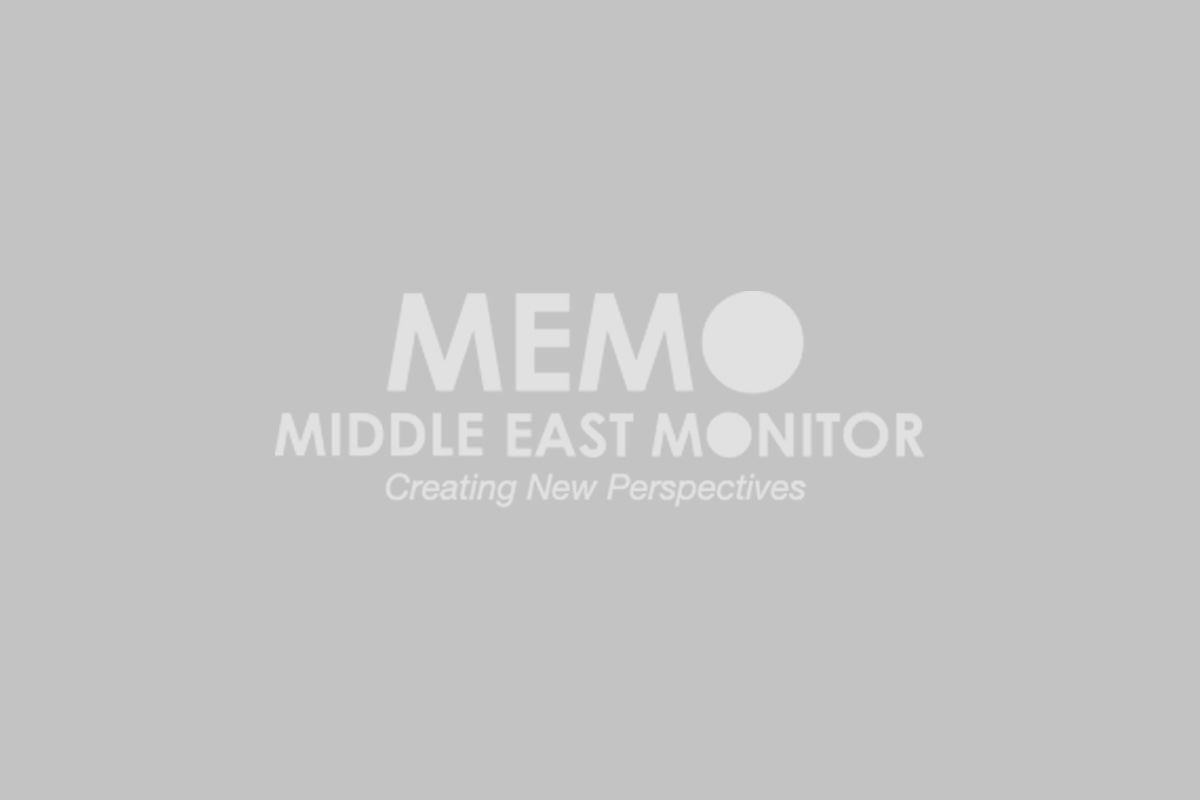Since last December, many feared the repercussions of the power vacuum left by the fall of the Bashar Al-Assad regime. Regionally and internationally, the response has been one of cautious optimism toward the evolving political scene in Syria. While many celebrated the end of decades of dictatorship following more than ten years since the start of the revolution, concerns persisted over the fate of minority rights as Islamist groups seized power. Once considered extremists, Syria’s current de facto authority has attempted to reassure both the Syrian population and the international community of its commitment to creating a Syria for all its citizens based on law and order.
This transformation is most evident in the reinvention of its leader, Ahmed Al-Sharaa (Abu Mohammad Al-Jolani). Al-Jolani joined Al-Qaeda in Iraq as a jihadist in the early 2000s. He was imprisoned at Camp Bucca in 2005, where he established a connection with Abu Bakr Al-Baghdadi, the future leader of Daesh. In 2011, Al-Baghdadi sent Al-Jolani to Syria, where he established Jabhat Al-Nusra, which became a prominent fighting force in the country within a year. The group later severed ties with both Daesh and Al-Qaeda, rebranding itself as Jabhat Fatah Al-Sham in 2016 and later as Hay’at Tahrir Al-Sham (HTS) in 2017.
OPINION: Sidelined suffering: The struggle for international attention
The most radical transformation came with the fall of the Al-Assad regime and HTS’s seizure of power in Damascus. Al-Jolani began using his real name and adopted a diplomatic tone in media engagements. His transformation extended beyond personal image, including significant governance and communication strategy shifts. In his initial public addresses, Al-Jolani assured the international community that the new Syria would not pose a threat to the region or the world. He also pledged protection for minority groups under Syrian law. These promises were soon followed by concrete actions, most notably the dissolution of all military factions under state institutions and the call for a unified national army. Additionally, Al-Jolani advocated for a national conference, an inclusive government and eventual elections.
This reinvention may have opened a pathway for Islamist groups suffering in the region to regain both domestic trust and international legitimacy. A path that could be particularly relevant to Islamist groups that are under international attack, like Hamas. The Islamic Resistance Movement, founded in 1987, has long been designated as a terrorist organisation and is facing mounting international pressure following its 7 October, 2023, military operation in Israel.
Domestically, Hamas is also encountering growing frustration from Palestinians in Gaza, who have endured nearly a year and a half of a devastating Israeli military campaign under the pretext of fighting Hamas militants. The destruction and loss of life have fuelled anger – not only towards Israel but also towards Hamas itself.
In an effort to secure its role in Palestinian politics in the post-war era, Hamas has demonstrated greater flexibility in relation to governing Gaza. It has agreed to the formation of a Palestinian unity government composed of technocrats, supported by all factions and governing both Gaza and the West Bank. However, this flexibility alone may not be enough to ensure Hamas’s continued political relevance.
READ: Hamas accuses Israel of ceasefire breaches ahead of next hostage-for-prisoner exchange
It is worth noting that Hamas has gained increased popularity in the West Bank. However, this support is primarily for its military operations rather than its governance. Many Palestinians view its armed resistance as necessary, but this does not translate into widespread backing for Hamas rule. In Gaza, the political and humanitarian toll of the war raises questions about whether Hamas can – or should – govern the enclave alone again.
Reinvention is not a new concept for Hamas, as the movement has continuously evolved since its establishment, most notably in 2007 when it signalled willingness to accept a long truce with Israel that includes the establishment of a Palestinian state within the 1967 borders. However, following the 2023-2025 war, Hamas may face its most profound transformation yet. This shift would require reassessing the Palestinian people’s current capacity and resilience, adopting a new political discourse that acknowledges their suffering and taking responsibility.
Moreover, Hamas needs to reconsider its tools of communication – not only with the Palestinian people but also with the international community. More effective engagement could lead to broader recognition of its role on the ground in Gaza and its history or resistance, which in turn might encourage greater flexibility in its approach to governance. If Hamas feels its presence is acknowledged rather than undermined, it may be more willing to adapt politically, opening the door to more inclusive governance structures. This shift could ultimately contribute to long-term stability and a more viable path toward peace.
As the political landscape in the Middle East continues to shift, Palestinians must stay informed and engaged with the evolving political opportunities that could advance their cause and strengthen their fight for their rights and liberation.
READ: Former Israel defence minister admits issuing orders to attack Gaza, kill Israeli captives
The views expressed in this article belong to the author and do not necessarily reflect the editorial policy of Middle East Monitor.

![Al-Qassam Brigades, the armed wing of Hamas, hands over Israeli hostages Or Levy, Eliyahu Sharabi, and Ohad Ben Ami to the International Committee of the Red Cross on Saturday as part of the ongoing hostage swap in Deir al Balah, Gaza, on February 8, 2025. [Ashraf Amra - Anadolu Agency]](https://i0.wp.com/www.middleeastmonitor.com/wp-content/uploads/2025/02/AA-20250208-36991416-36991386-ALQASSAM_BRIGADES_HANDS_OVER_3_ISRAELI_HOSTAGES_IN_THE_GAZA_STRIP_TO_THE_INTERNATIONAL_RED_CROSS-1-1.jpg?fit=920%2C613&ssl=1)







